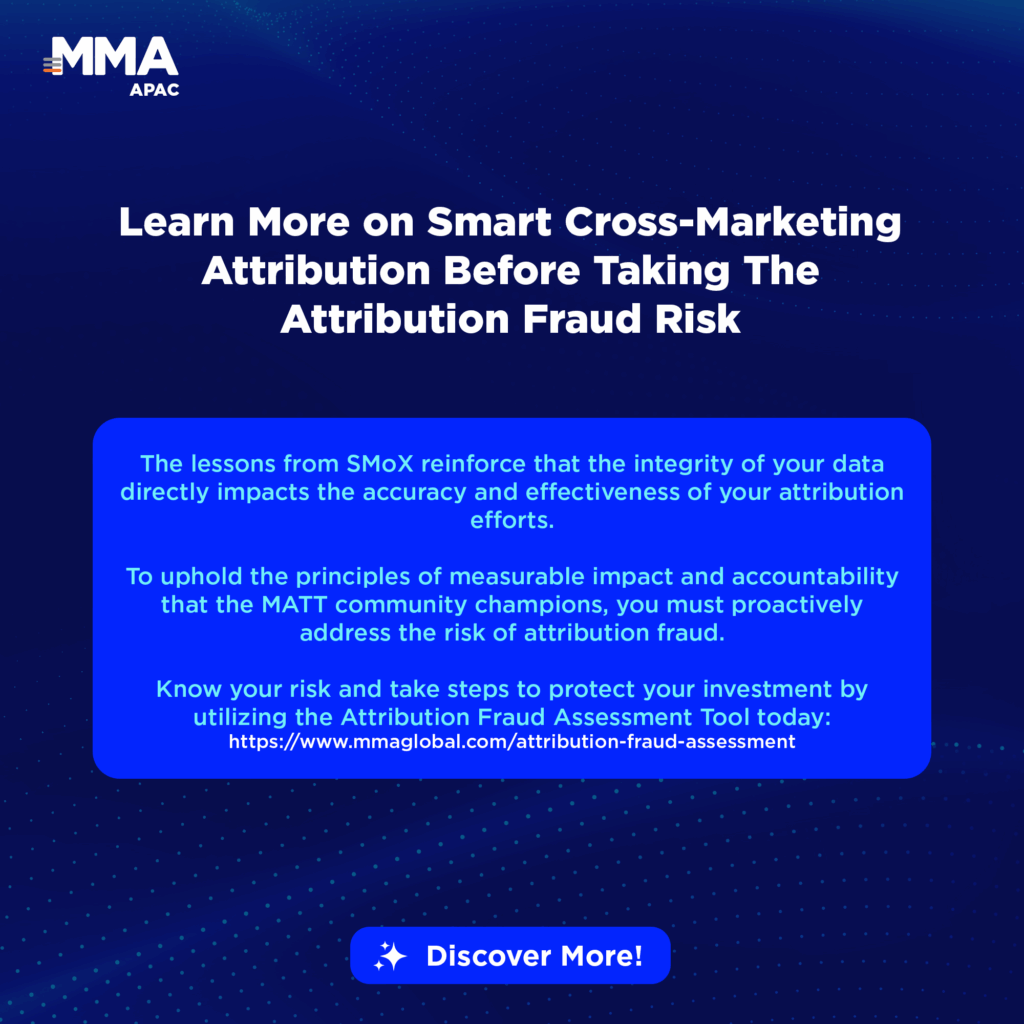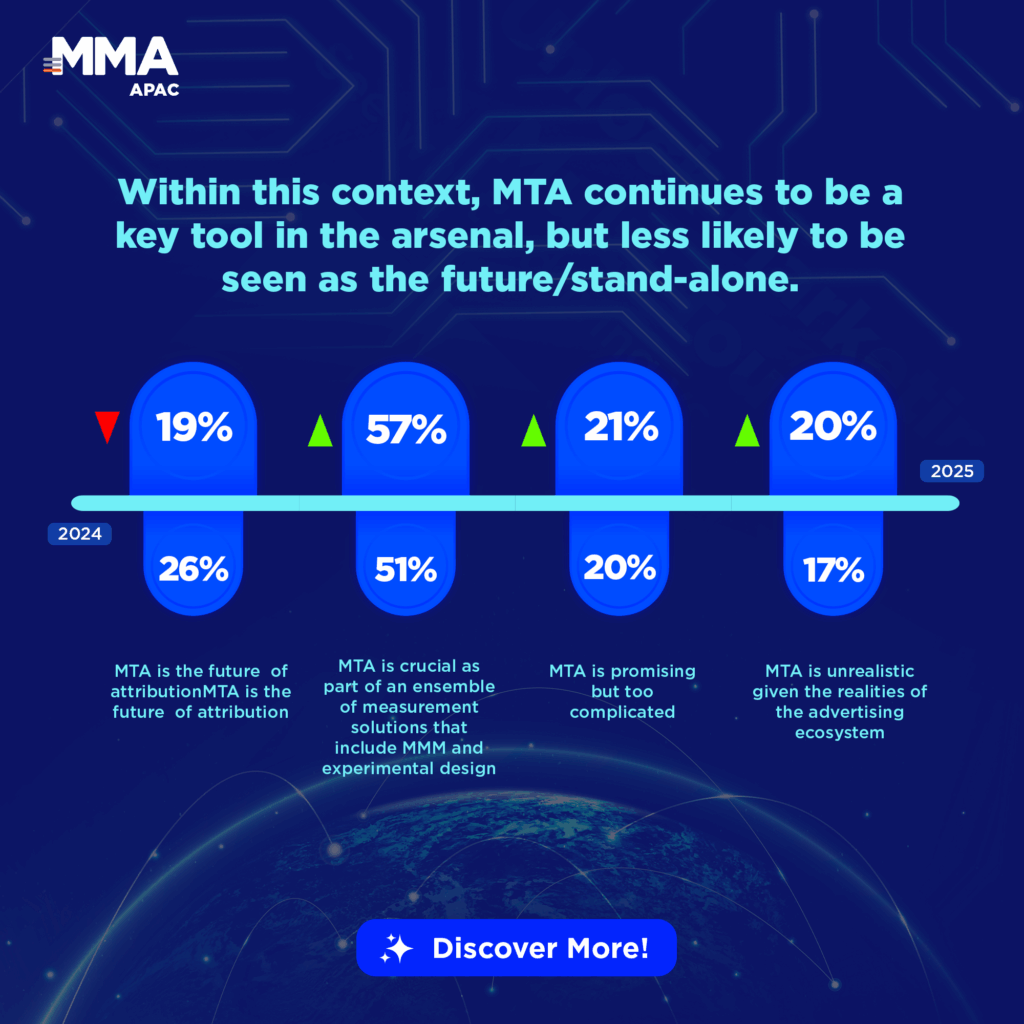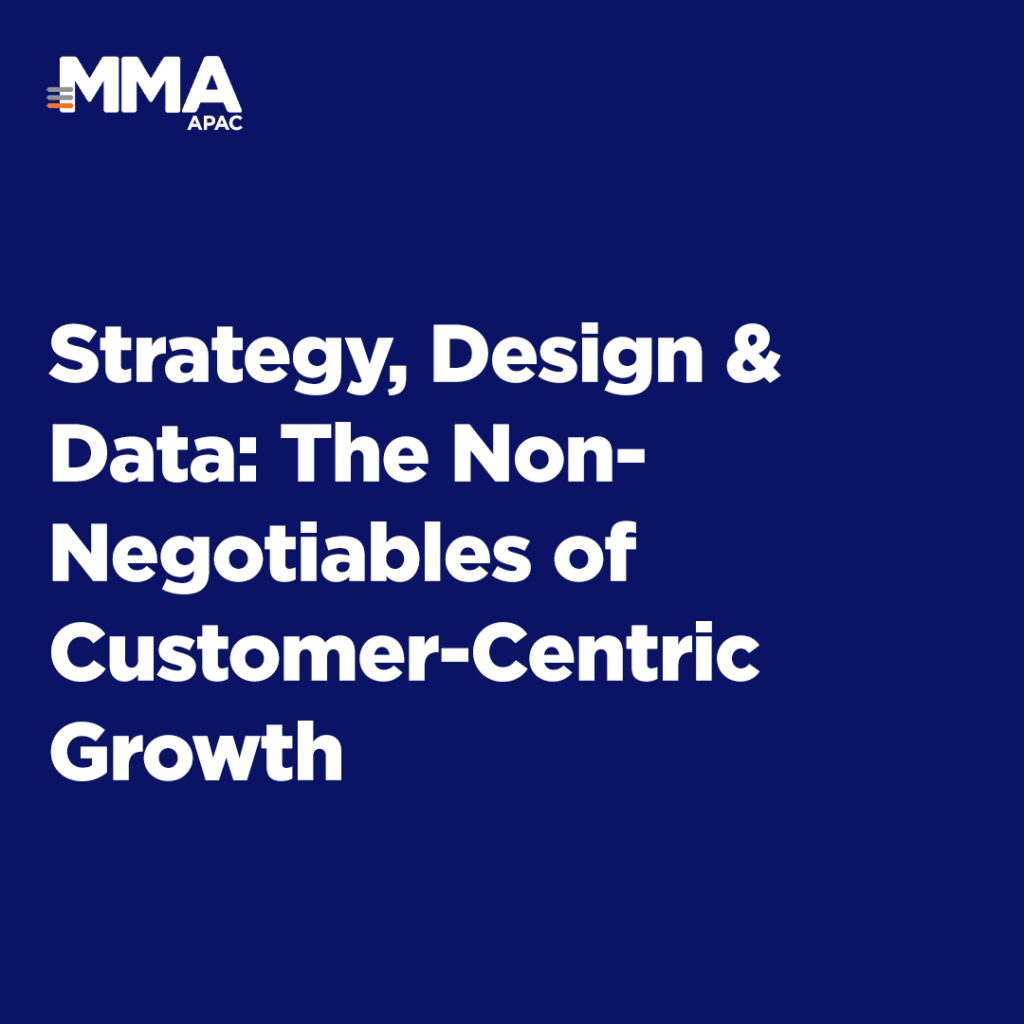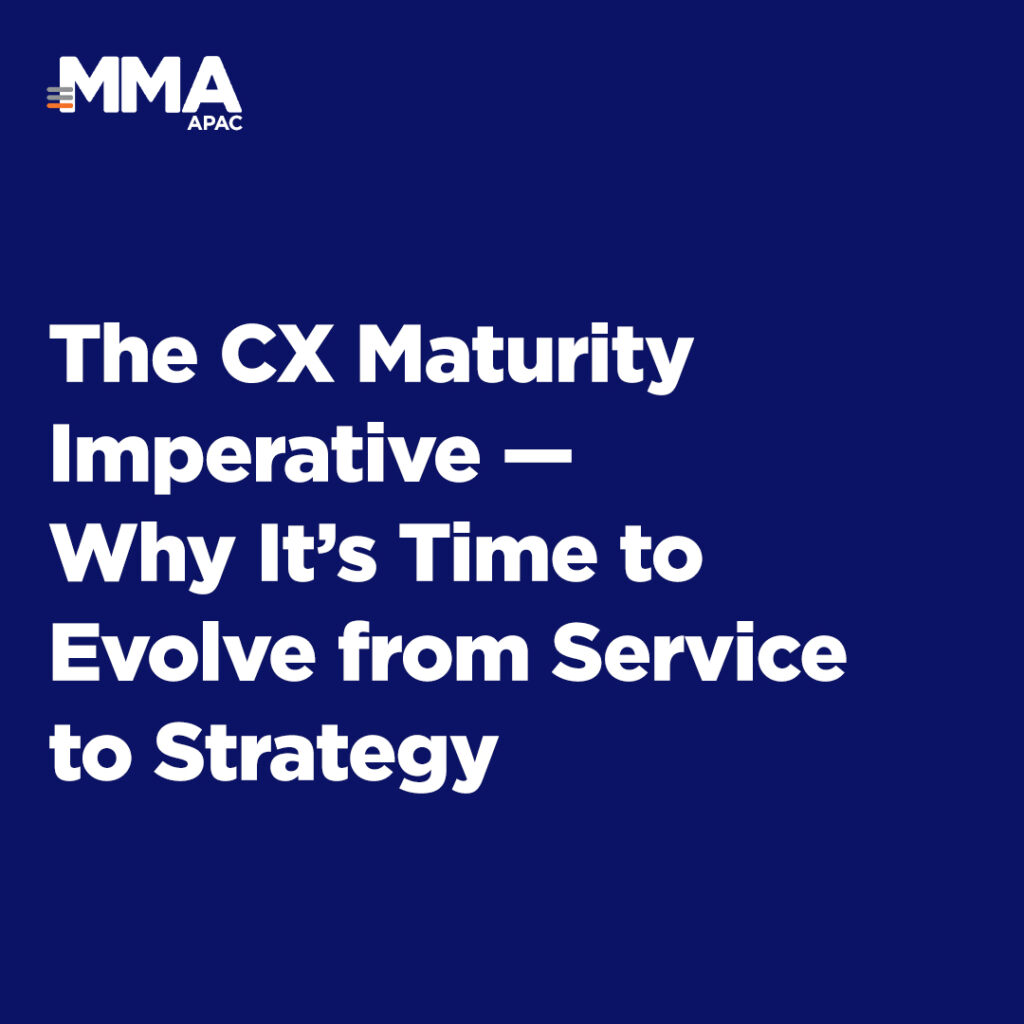
Marketers have more data than ever, yet many still make decisions based on an incomplete picture of performance. The obsession with clicks, immediate conversions, and short-term ROAS has led to a dangerous habit: valuing only what can be measured instantly. The result is a skewed understanding of what truly drives growth.
The Missing 80%
Recent findings from the Brand as Performance (BaP) initiative reveal that this narrow view leaves significant value unseen. In a Kroger study, more than 80 percent of the sales lift came in the seven months after the campaign had ended. If the team had measured only within the campaign window, the majority of the impact would have gone unrecognized.
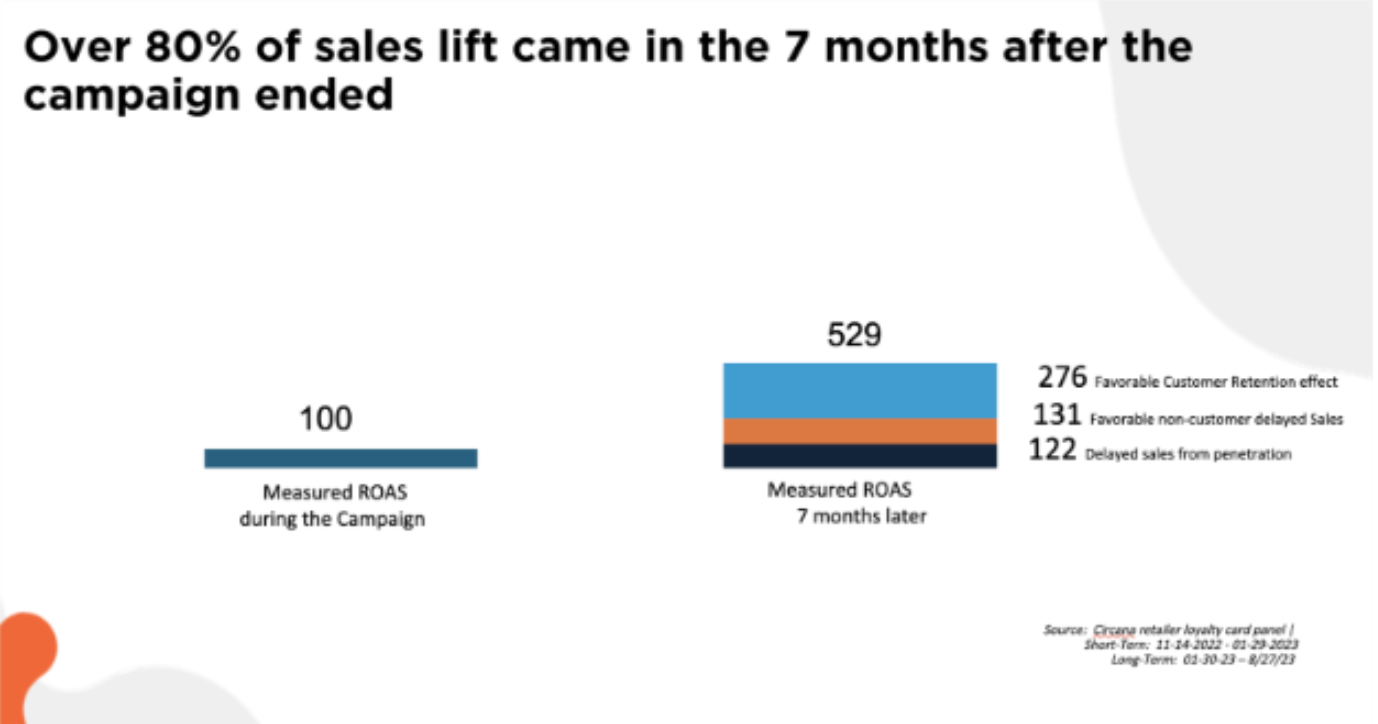
(Source: BRANDNOMIC$: The Solution to CMO/CFO Misalignment on the ROI of brand?)
This pattern is not unique. Across industries, advertising continues to influence behavior long after the media stops running. Campaigns do not just trigger immediate purchases; they also create future customers by shifting people into a more favorable mindset toward the brand.
Brand Favorability as the True Performance Metric
If there is one metric that bridges the gap between brand and performance, it is brand favorability. Favorables, meaning people who have a positive perception of the brand, are three times more likely to convert than non-favorables, even if they are not current buyers. Once they become customers, they are also significantly more likely to remain loyal over time.
Brand favorability is not just a measure of awareness or sentiment. It is a predictive signal for future sales and retention. Tracking how your campaigns shift audiences into this favorable state provides a leading indicator of long-term financial impact. Building favorability today means building tomorrow’s revenue pipeline.
The Case for Smarter Targeting
The same principle is clear in targeting research. The Persuadables study found that focusing on heavy buyers who are close to their next purchase can yield up to sixteen times higher ROAS compared to broad audience strategies. It is not about reaching as many people as possible; it is about identifying the right people at the right moment.
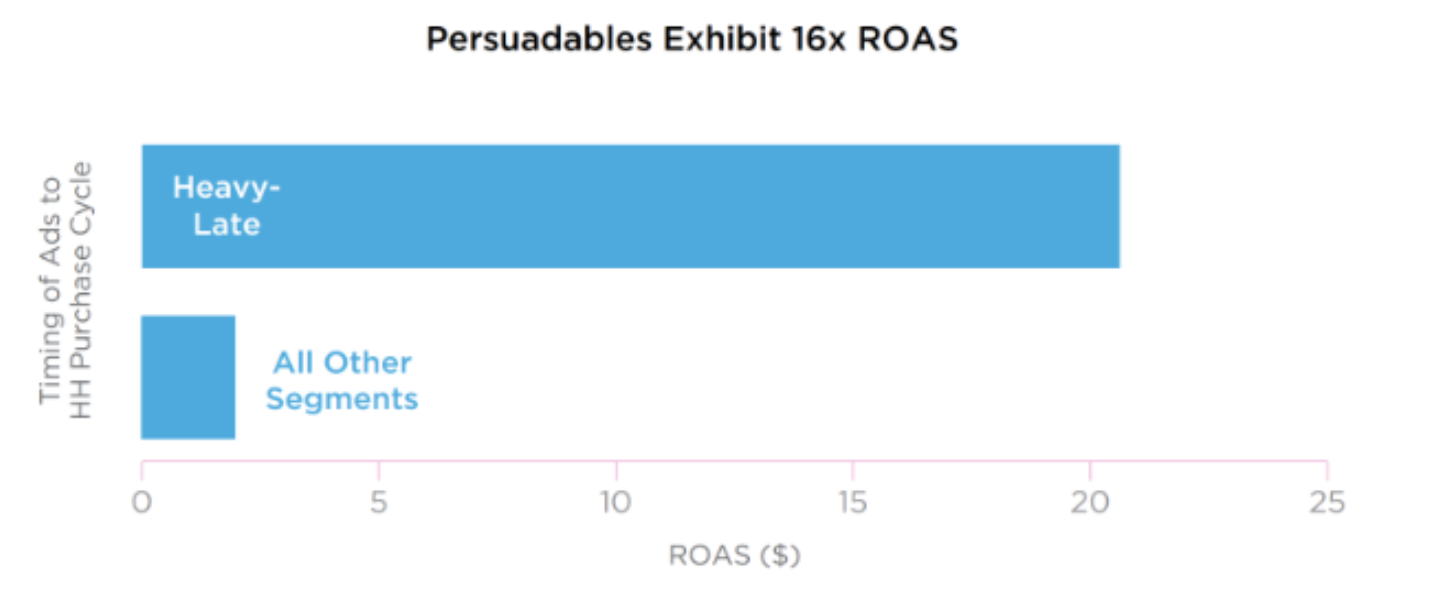
(Source: The Persuadbles)
The Takeaway
Performance marketing is not broken, it is incomplete. The real measure of success is not just the transactions that happen immediately but also the audiences you move toward favorability and the conversions that follow over time. By broadening the scope of what you track, you not only see the full value of your campaigns but also create a stronger foundation for long-term growth.














